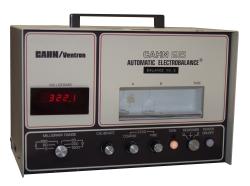
Where I live, these "brand" scales cost in the thousands of NOK. For example, a Kern 420 g/1 mg scale costs a little below 10000 NOK including VAT, with todays currency rate that's about 1600 USD. Buy used, you say? In a country with barely 5 million inhabitants the market for used laboratory equipment is fairly non-existent...














 . Do you think that this is a good idea, or I should stick with digital balances? I
couldn't tell if weights were included though. Are weights usually included for mechanical balances?
. Do you think that this is a good idea, or I should stick with digital balances? I
couldn't tell if weights were included though. Are weights usually included for mechanical balances?